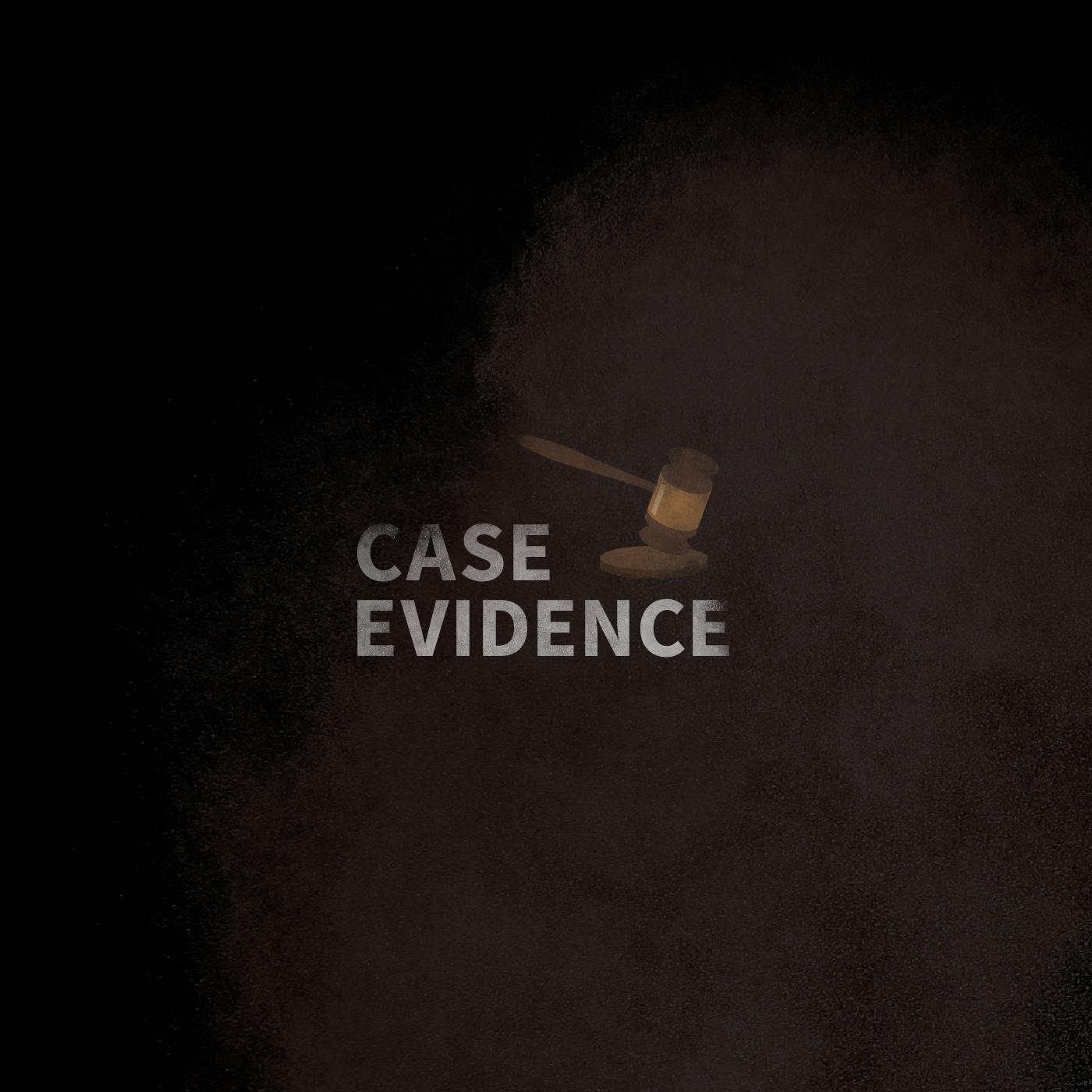
Deep Dive
Shownotes Transcript
Save on Cox Internet when you add Cox Mobile and get fiber-powered internet at home and unbeatable 5G reliability on the go. So whether you're playing a game at home or attending one live, you can do more without spending more. Learn how to save at cox.com slash internet. Cox Internet is connected to the premises via coaxial cable. Cox Mobile runs on the network with unbeatable 5G reliability as measured by UCLA LLC in the U.S. to age 2023. Results may vary, not endorsement. Other restrictions apply.
In a cold case, time is your worst enemy. The second you arrive at a crime scene, the clock is ticking. Most investigators say the first 48 hours is the most crucial time. Unfortunately, in Tara's case, by the time the police got there, she had been missing for almost two days. The last time she was seen was 11 p.m. Saturday night, leaving the barbecue. When the police arrived at her house on Monday morning, they didn't really know what to think. Was she abducted? Or did she leave on her own account?
The first to arrive on the scene that morning was Osceola Police Chief Billy Hancock. I spoke to him in person not too long ago. He said the whole time he was there, he thought she would just pull up at any moment.
Nobody was really alarmed yet. The first 48 hours of crucial investigation didn't really exist in this case. Now it's been almost 11 years. With each year that passes, it becomes more and more difficult to sift through all the facts. People's memory, exact times, and how things transpired, it all tends to get a little blurry. But today I want to explore an 11-year-old lead that seemed very promising at first, but has since dwindled away with time. I'm talking about the black truck. This is Case Evidence. ♪
I was canvassing the neighborhood talking to people and I met this kid. He was like 20 years old at the time. He told me, he said, "I saw a black truck parked in her yard. The truck was parked on the left side on the grass. The left side of her driveway, the truck was facing the little ditch beside the road on the left of her driveway.
He found several witnesses of this black truck. One kid claimed to have actually seen the man driving the truck. Maurice reported this to the GBI, and they came to talk to him.
But it didn't really go as planned.
When the GBI came to interview this kid, he pretty much just clammed up and didn't say anything. He felt like he was a suspect and just got scared and stopped talking. And because of that, they were never able to get a sketch made of the driver. They had no information to go off of.
So my immediate thought was to find this kid and re-interview him. If he could remember what he looks like, then maybe we could get a forensic sketch artist to make a composite for us. But first I have to actually find this kid. Like I said in the last episode, this kid has been extremely hard to track down. But I'm not going to stop until I find him. But when I do, is he even going to remember this? And if he did remember seeing the man, and could actually describe him, how accurate would it be?
My name is Kelly Lawson, and I am the forensic artist for the Georgia Bureau of Investigation. And what a forensic artist is, is basically the person that the police call whenever there's been a crime that was witnessed by an individual or even the victim. And I would meet with that person. They would give me a description of that person that they saw who perpetrated the event. And I would use basically photos to help identify
them and myself come up with a likeness of what their individual, their perpetrator looked like.
I have a group of photos, and it's usually about 200 photos, and it's divided up by sex and race. They're everything from celebrities to old fun shots. I want you to look through here. See if you see anything that reminds you of the guy that you saw. There might be someone who has similar eyes, nose, or face shape. Just anything that reminds you of him, pull it aside, and we'll talk about it. And the average person looks through the stack of photos and pulls out approximately five or six photos, and
And they'll have one that maybe it's his eyes and one is his nose. One photo will have the type of facial hair that he had. But usually they'll find at least one photo where the individual will say, you know, he just looks a lot like this guy. If you could just change this or that. How do you think the passing of time affects the accuracy of a sketch? That's a good question. Sometimes if an individual saw someone or was a victim of a crime that's very violent,
or extremely stressful, you will hear a victim say, I'll remember his face for as long as I live. His face is burned in my memory. But really, that's more rare. The average person who's the victim or a witness to a crime, their memory is the best anywhere from 48 hours after the event
because you have to give enough time for a person's shock to wear off to about two weeks. Usually at about two weeks, things start to get a little foggy. But that's not to say that you couldn't describe someone that you saw a month and a half, two months ago. You could, and you could still get an accurate likeness. It's just not going to be as easy. What about years? Years, it can happen. Like I was saying, if it's something that really stuck out to someone or if it was something that really kind of affected them,
then they're going to remember that face forever. And people's memories are very unusual in that occasionally we tend to exaggerate things, and the more time goes on, the more we'll exaggerate them, or the more emotion was involved, the more we can exaggerate them. So if we were standing side by side in the convenience store, and a man came in to rob the convenience store who had a mole on his cheek, and we both noticed the mole, if he was violent enough and scared us enough
If it's been a long time, do you take that whole exaggeration into account when you're making a sketch?
You try to. You know, obviously, if they're wanting you to make the chin extraordinarily long, and a human's chin is not typically that long, you understand that, and so you try to reign them in. So you will see some sketches that are strange or alien-looking or not human, and a lot of that has to do with the personality of the victim. But I personally, as an artist, and I know the GBI specifically,
We really seek to put out sketches that have nothing in them that would draw the attention away from the overall look of the individual.
In this case that I'm doing right now, a witness saw a man driving this black truck going on 11 years ago. They exchanged some words and a lot of people speculate that this truck had something to do with this person's disappearance. So I was just kind of wanting to speculate the probability and likelihood of a sketch being done 11 years later being reliable or accurate in any sort of way. Well, there's also another thing to take into consideration specifically.
If we walk up to someone or someone walks up to us and begins talking to us and our mind is able to make an association like, oh, you know, he really looks a lot like Alan Jackson or, oh, you know, he really looks like my friend's cousin who came to that party that time, then...
you can remember that face forever too. But it's kind of whether or not that person is able to make an association. People are usually pretty good at being able to say, you know, I remember his face pretty good or, you know, I just really don't think I'll be able to do that. And they're usually pretty dead on. I only have to turn away on average maybe three or four attempts at making a sketch a year.
Yeah, so that's hard. Some random people talk to a guy and then we're expected to do a sketch 11 years later. That's the challenge. And then you have the challenge of dealing with the fact that, okay, so maybe this doesn't seem like any of our persons of interest. What would we do with the sketch if we were to distribute it? How do we tell the public this is what he looked like 11 years ago?
You know, sometimes if we're talking to someone and we get that gut feeling something's not right here, it can trigger our memories to be better. So I guess the good news is it's still possible. It might be difficult, but possible. If we want a sketch of this guy, the whole thing hinges on this kid's memory. Kelly told me that whenever I do get a hold of this kid, she would gladly assist in getting a sketch done. But first, I got to find him.
This episode is brought to you by Progressive Insurance. Whether you love true crime or comedy, celebrity interviews or news, you call the shots on what's in your podcast queue. And guess what? Now you can call them on your auto insurance too with the Name Your Price tool from Progressive. It works just the way it sounds. You tell Progressive how much you want to pay for car insurance and they'll show you coverage options that fit your budget.
Get your quote today at Progressive.com to join the over 28 million drivers who trust Progressive. Progressive Casualty Insurance Company and Affiliates. Price and coverage match limited by state law.
